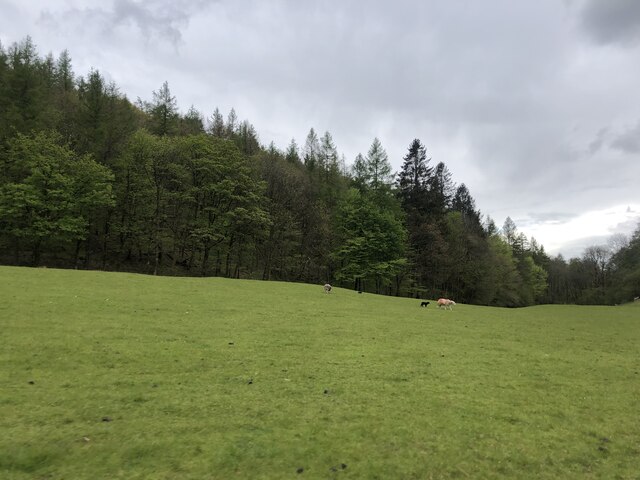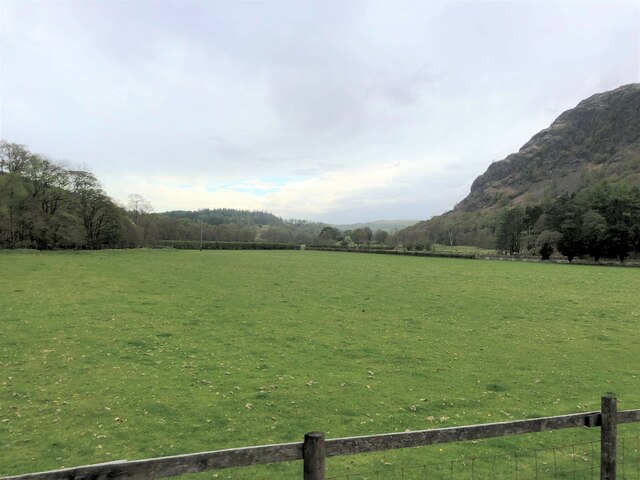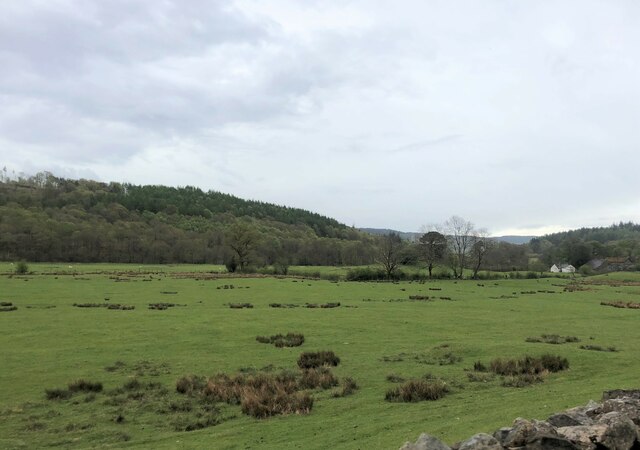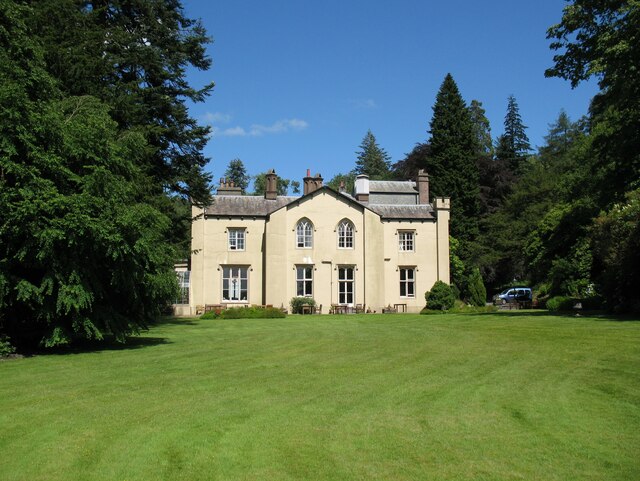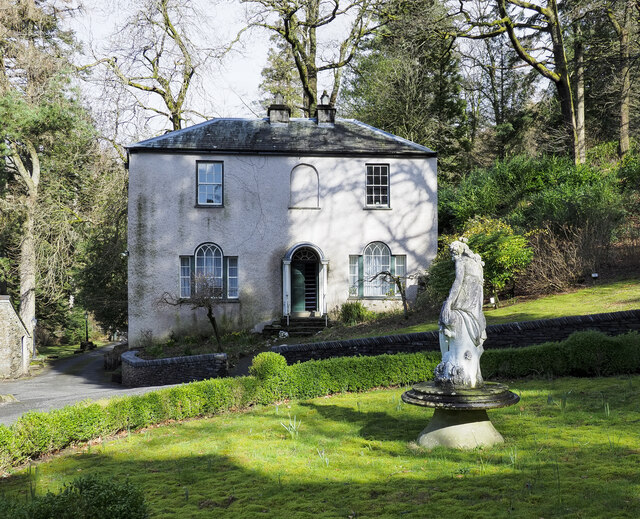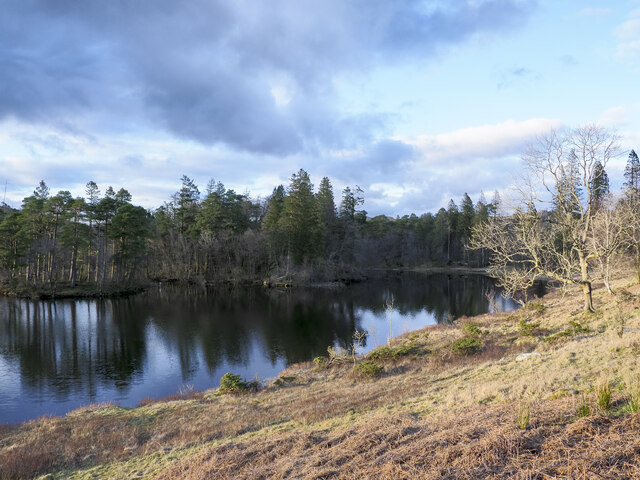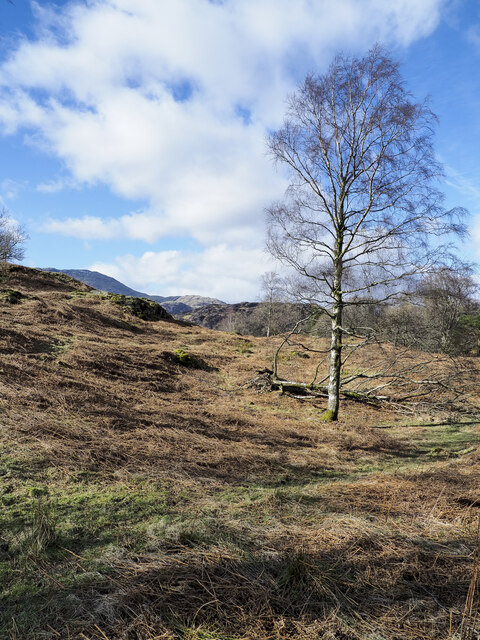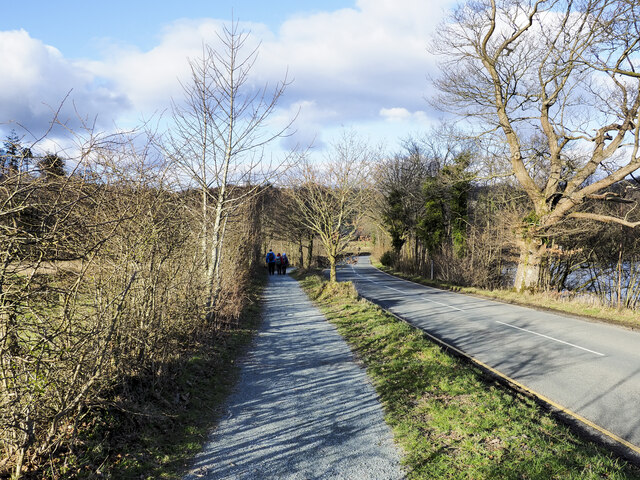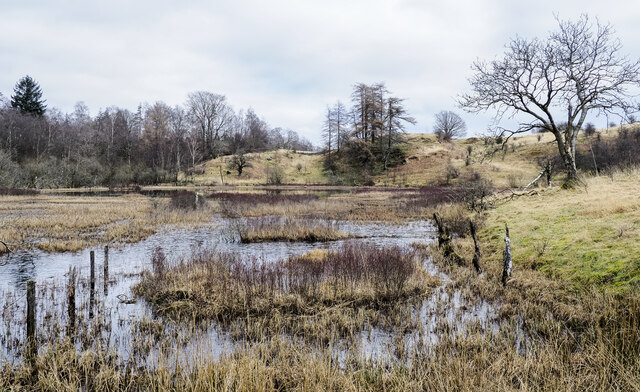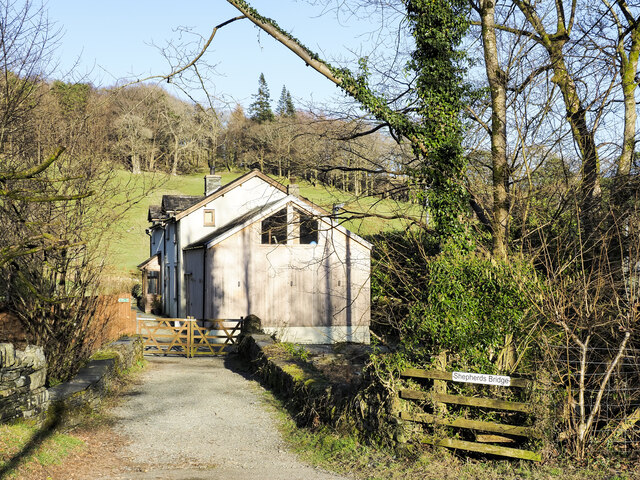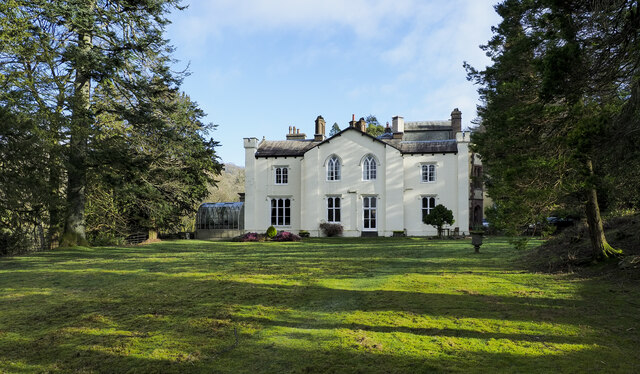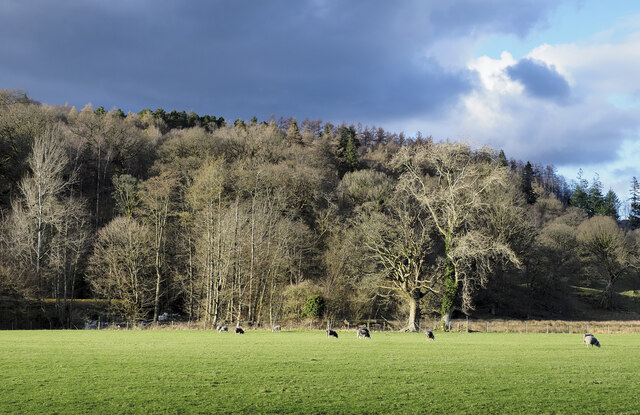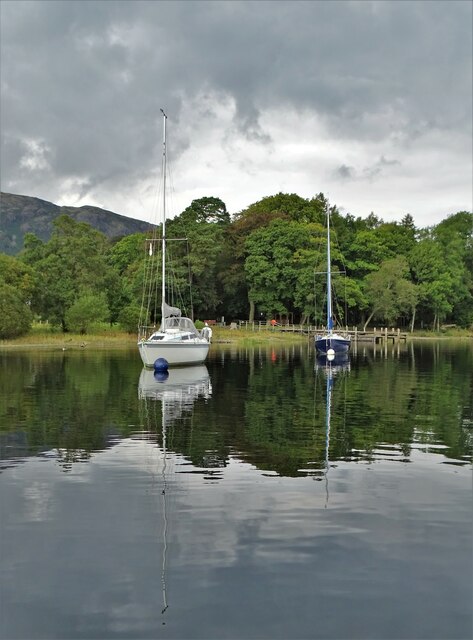Ash Bank Plantation
Wood, Forest in Lancashire South Lakeland
England
Ash Bank Plantation
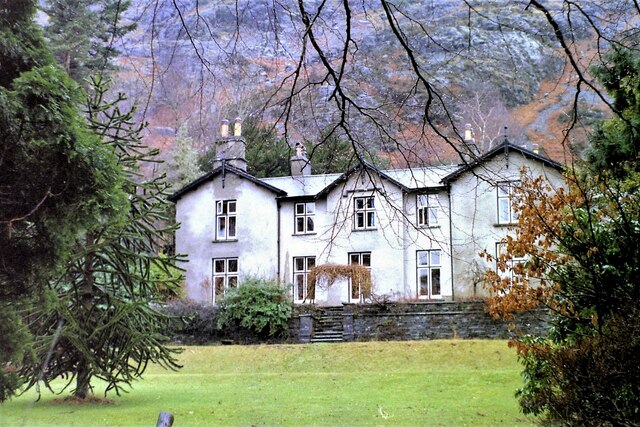
Ash Bank Plantation is a lush woodland located in Lancashire, England. Situated near the village of Ash Bank, this expansive plantation covers an area of approximately 100 acres. The plantation is predominantly made up of ash trees, hence its name, but also features a diverse range of other tree species such as oak, beech, and birch, creating a rich and varied forest ecosystem.
The dense canopy of Ash Bank Plantation provides a haven for a wide variety of flora and fauna. The forest floor is covered in a thick carpet of mosses, ferns, and wildflowers, creating a vibrant and picturesque landscape. The plantation is also home to various species of birds, including woodpeckers, owls, and songbirds, making it a popular spot for birdwatchers.
The plantation is crisscrossed by a network of walking trails, allowing visitors to explore its natural beauty at their leisure. These trails offer scenic views of the surrounding countryside, and the peaceful ambiance of the woodland provides a perfect escape from the hustle and bustle of everyday life. Ash Bank Plantation is a popular destination for nature lovers, hikers, and families looking to enjoy a day out in nature.
Managed by the local authorities, Ash Bank Plantation is well-maintained and offers amenities such as picnic areas and benches for visitors to relax and enjoy the serenity of the woodland. Additionally, the plantation is an important site for conservation efforts, with ongoing initiatives to preserve and protect the diverse range of plant and animal species that call it home.
Overall, Ash Bank Plantation is a beautiful and tranquil woodland that offers a peaceful retreat for nature enthusiasts and provides a valuable habitat for a wide array of wildlife.
If you have any feedback on the listing, please let us know in the comments section below.
Ash Bank Plantation Images
Images are sourced within 2km of 54.382764/-3.0511844 or Grid Reference SD3199. Thanks to Geograph Open Source API. All images are credited.
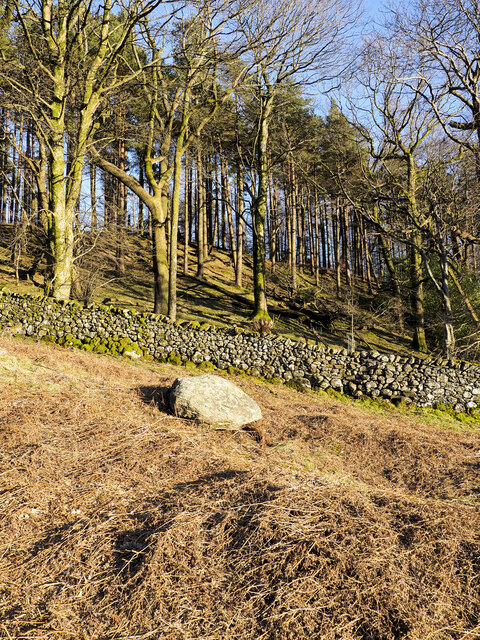
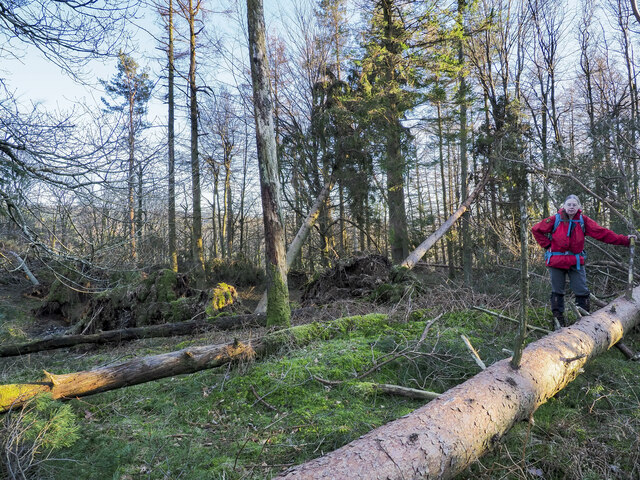
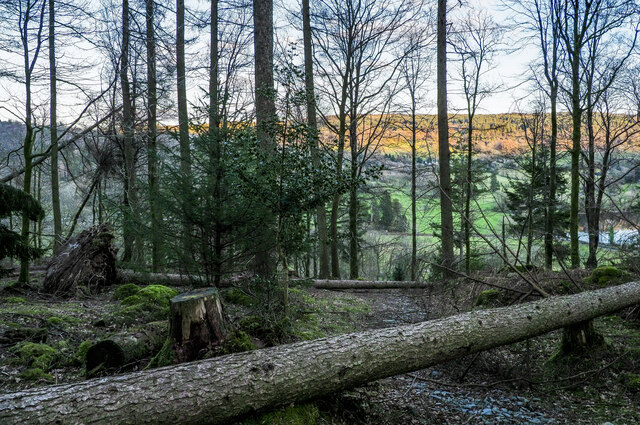
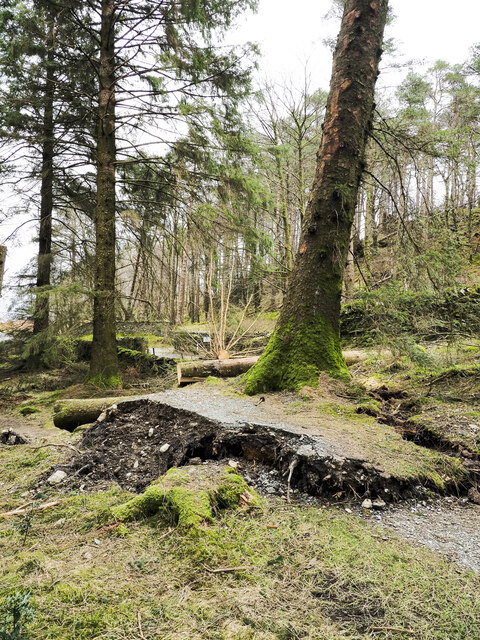
Ash Bank Plantation is located at Grid Ref: SD3199 (Lat: 54.382764, Lng: -3.0511844)
Administrative County: Cumbria
District: South Lakeland
Police Authority: Cumbria
What 3 Words
///masters.dusty.explained. Near Ambleside, Cumbria
Nearby Locations
Related Wikis
Tarn Hows
Tarn Hows is an area of the Lake District National Park in North West England, It contains a picturesque tarn, approximately 2 miles (3.2 km) northeast...
Yew Tree Tarn
Yew Tree Tarn is a small lake in the English Lake District situated in between the towns of Ambleside and Coniston. The tarn was formed when the local...
Holme Fell
Holme Fell or Holm Fell is a fell in the Lake District in Cumbria, England. It is located between Coniston Water and Little Langdale, almost isolated from...
Hawkshead Hill
Hawkshead Hill is a hamlet in the South Lakeland district, in the county of Cumbria, England. It is in the Lake District National Park. == Location... ==
SY Gondola
The steam yacht Gondola is a rebuilt Victorian, screw-propelled, steam-powered passenger vessel on Coniston Water, England. Originally launched in 1859...
Ruskin Museum
The Ruskin Museum is a small local museum in Coniston, Cumbria, northern England. It was established in 1901 by W. G. Collingwood, an artist and antiquarian...
Yewdale Beck
Yewdale Beck is a river in Lake District, Cumbria, England. The Yewdale Beck arises from the confluence of Henfoot Beck and Swallow Scar Beck, as well...
Coniston, Cumbria
Coniston is a village and civil parish in the Westmorland and Furness district of Cumbria, England. In the 2001 census the parish had a population of 1...
Nearby Amenities
Located within 500m of 54.382764,-3.0511844Have you been to Ash Bank Plantation?
Leave your review of Ash Bank Plantation below (or comments, questions and feedback).
